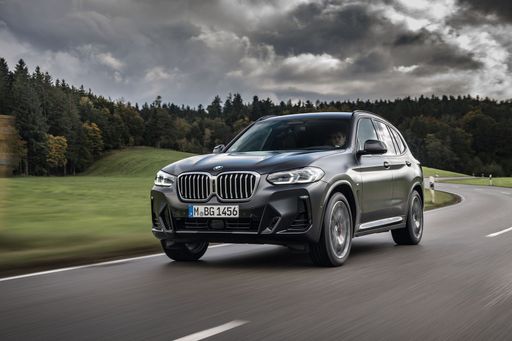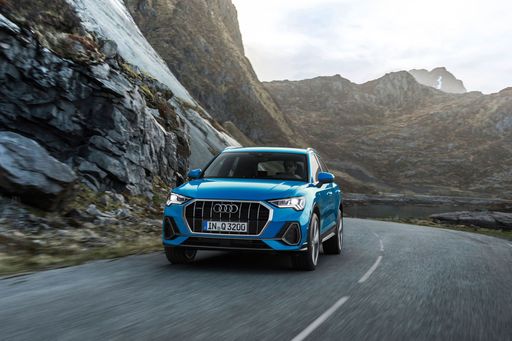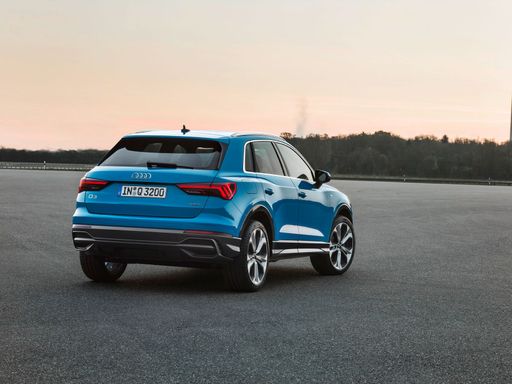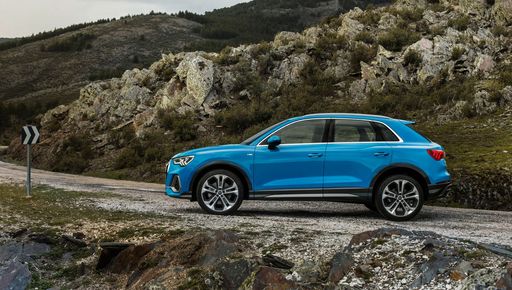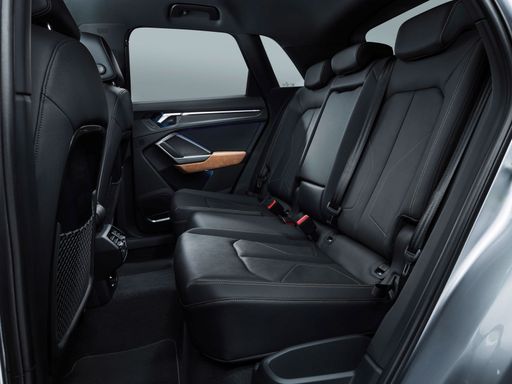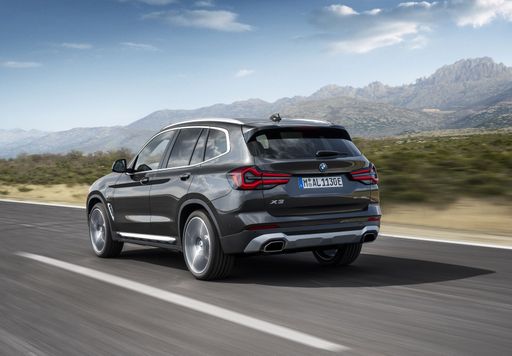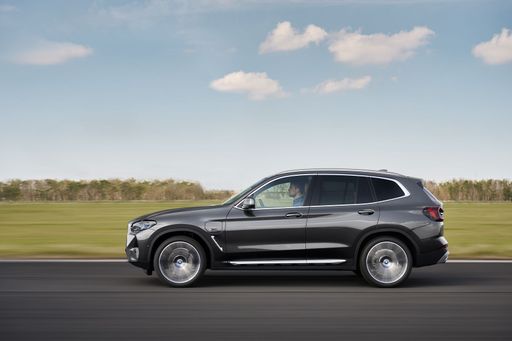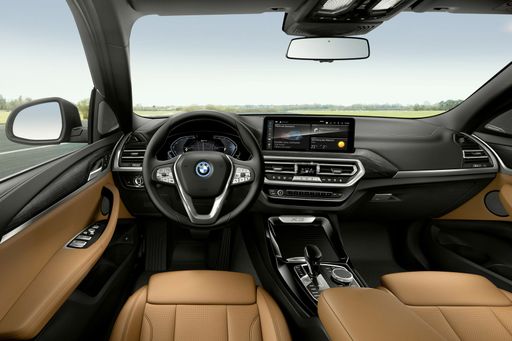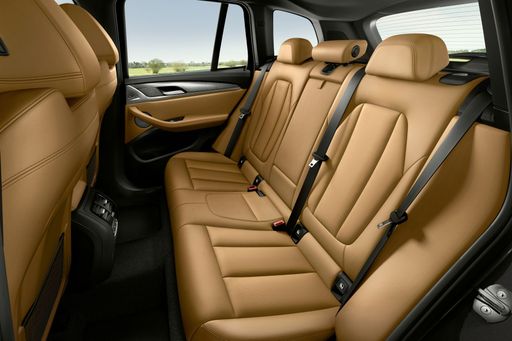Comparing Two Giants: Audi Q3 vs. BMW X3
The compact luxury SUV segment has seen significant growth, with automakers stepping up their game to attract consumers searching for performance, comfort, and cutting-edge technology. Among the prominent contenders, the Audi Q3 and BMW X3 stand out, each offering unique attributes that appeal to various buyer preferences. This article dives into a detailed comparison, examining the technical aspects and innovations of both models to help potential buyers make an informed decision.

